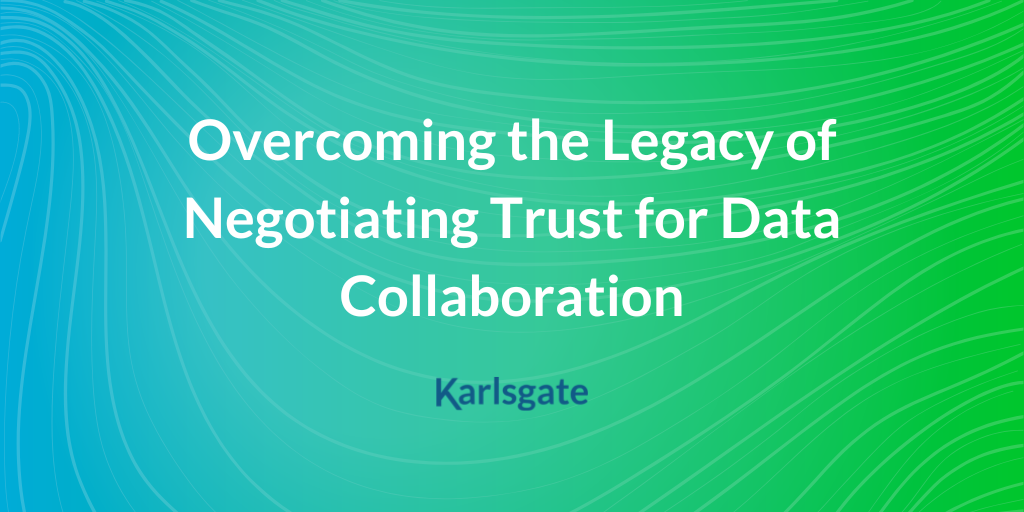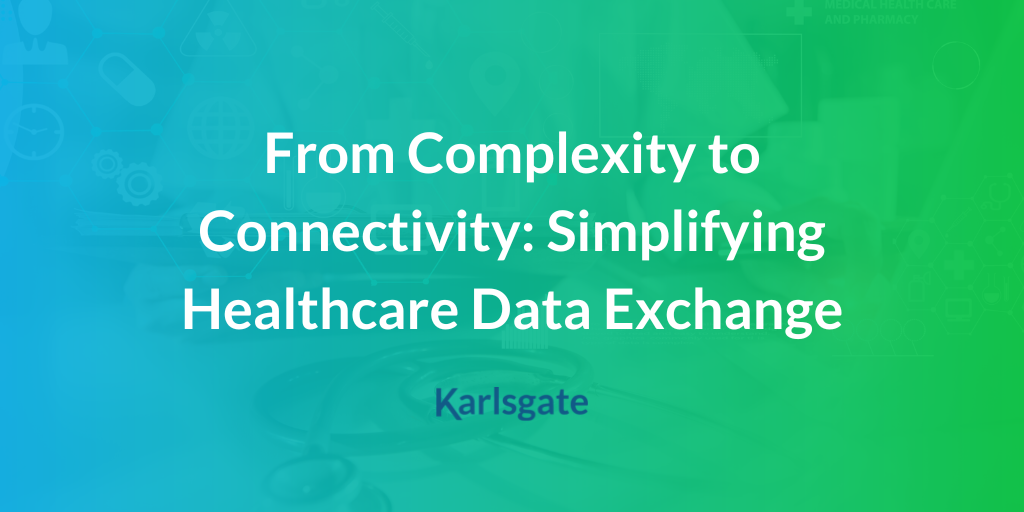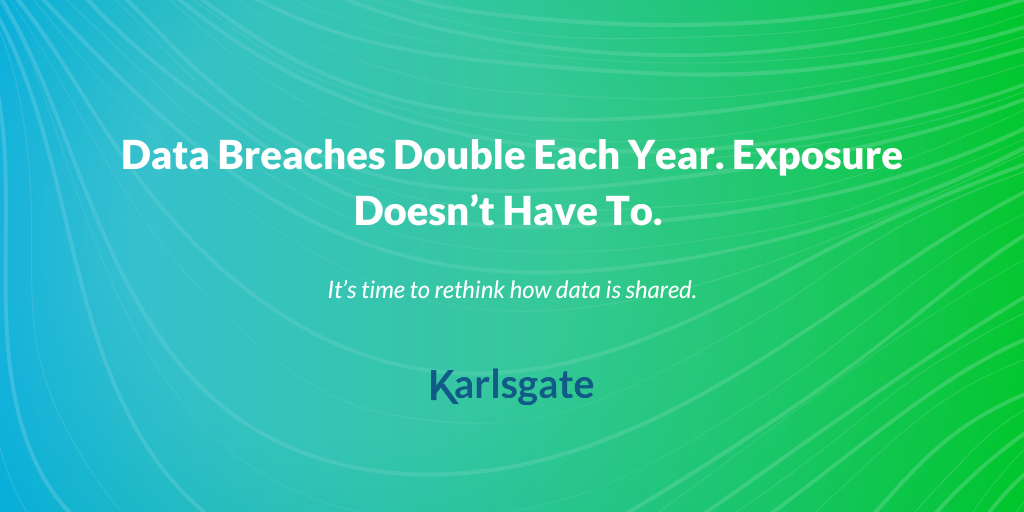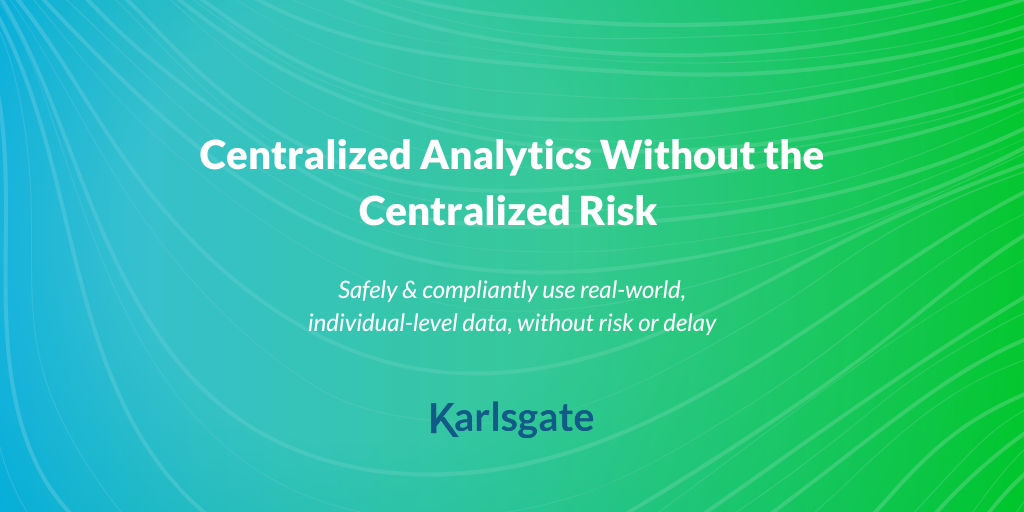In the dynamic world of data collaboration, the buzz around data clean rooms in the industry is palpable. As companies seek innovative ways to collaborate on data while maintaining privacy and...
In an era where data breaches are not just possible, but expected, businesses face an escalating challenge—how to protect their most sensitive information while still extracting its full value. With these breaches increasing in both frequency and cost year over year, this challenge is no longer theoretical... it’s urgent.
Recent statistics paint a grim picture. A report from IBM shows that the global average cost of a data breach has reached a staggering $4.88 million—a 10% increase over last year and the highest figure ever. High-profile cyber-attacks are hitting healthcare, finance, and tech, industries that house the most sensitive personal and financial data. Regardless of industry, the lesson is universal: Safeguarding data requires more than just perimeter defenses; it calls for securing data even when it’s in use.
The Growing Interest Confidential Computing
The rising threat has led many companies to turn to Privacy Enhancing Technologies (PETs) such as confidential computing—a technique that keeps data encrypted and inaccessible to unauthorized entities while it’s being processed. By ensuring that data remains protected during use, confidential computing offers an attractive solution for businesses dealing with highly sensitive PII and PHI, where the risks of exposure are enormous.
One of the most significant draws of confidential computing is its accessibility. Major cloud providers have made it relatively easy for organizations to deploy these technologies. However, while the process of securing internally managed data is straightforward, many businesses face a hurdle when it comes to securely incorporating externally sourced data into their systems without leaving sensitive information exposed as it moves into the confidential computing environment.
Karlsgate Bridges the Data Security Gap
The handoff between systems—where data enters or exits the secure environment—is a point of vulnerability and represents a weak link in the data security strategy when it comes to leveraging external data sources.
Karlsgate eliminates this risk by filling the gap. Karlsgate’s Downstream Data Flow Protection (DDFP) encrypts all output to be readable only by the subsequent step or process—strongly linking processes and preventing data-at-rest vulnerabilities. This is perfect to use in tandem with confidential computing as it enables the protection of any external data as it is remotely sourced, matched, and transitioned into the confidential computing environment. This allows organizations to confidently embrace confidential computing, knowing their data will remain protected from end to end, whether at rest, in transit, or in use.
The future of data security lies in comprehensive approaches that leave no gaps exposed. With Karlsgate, businesses can close the loop, leveraging confidential computing to its full potential while ensuring their sensitive information is always secure.








